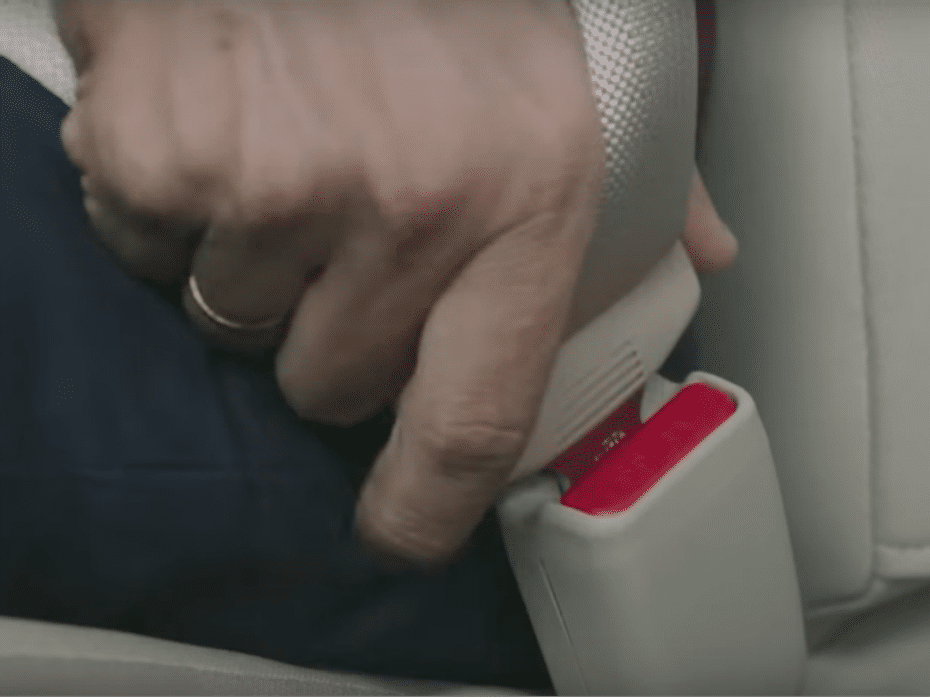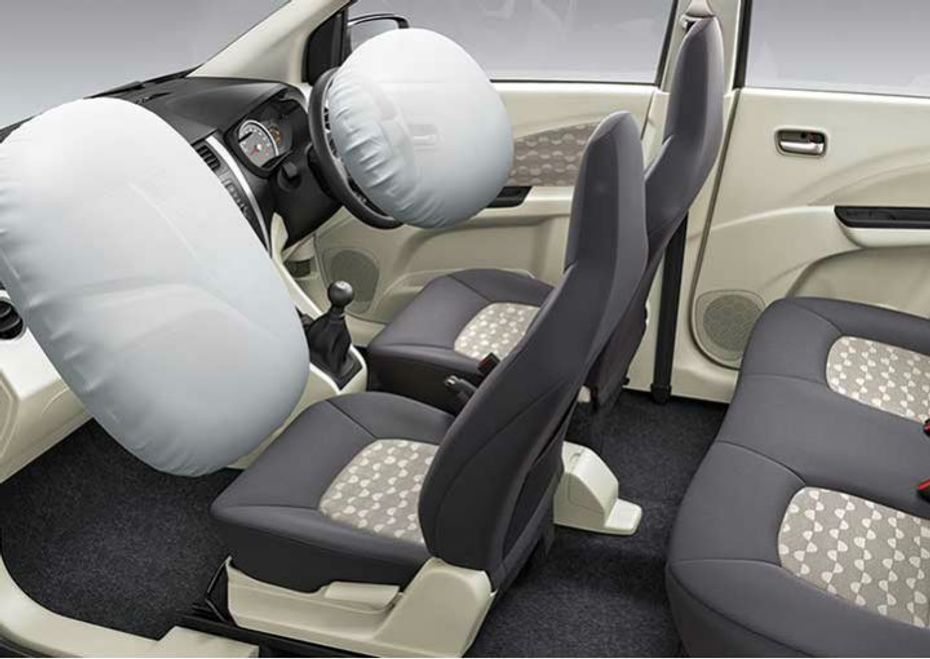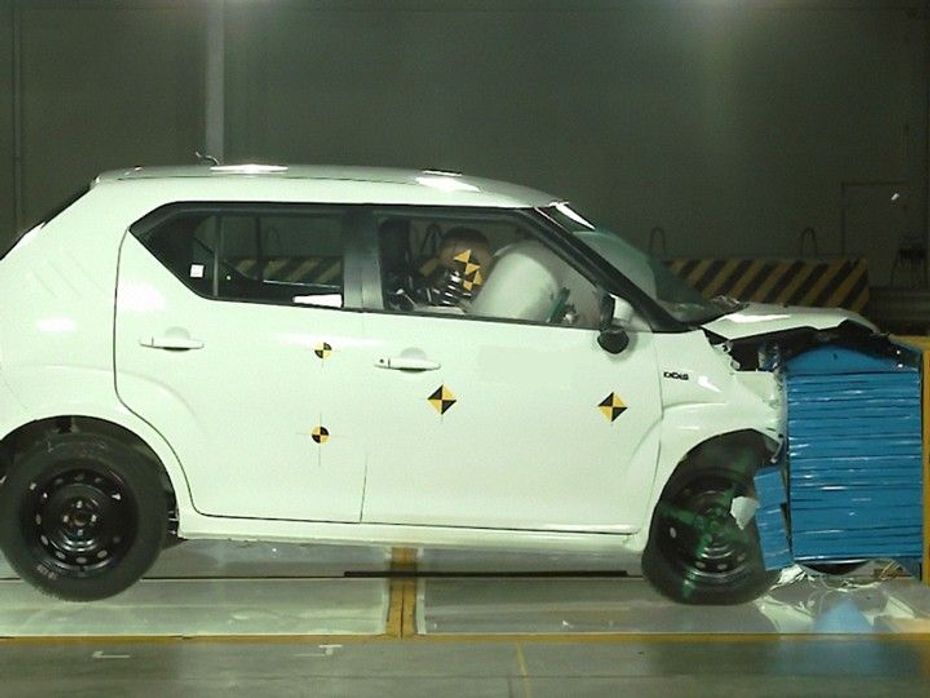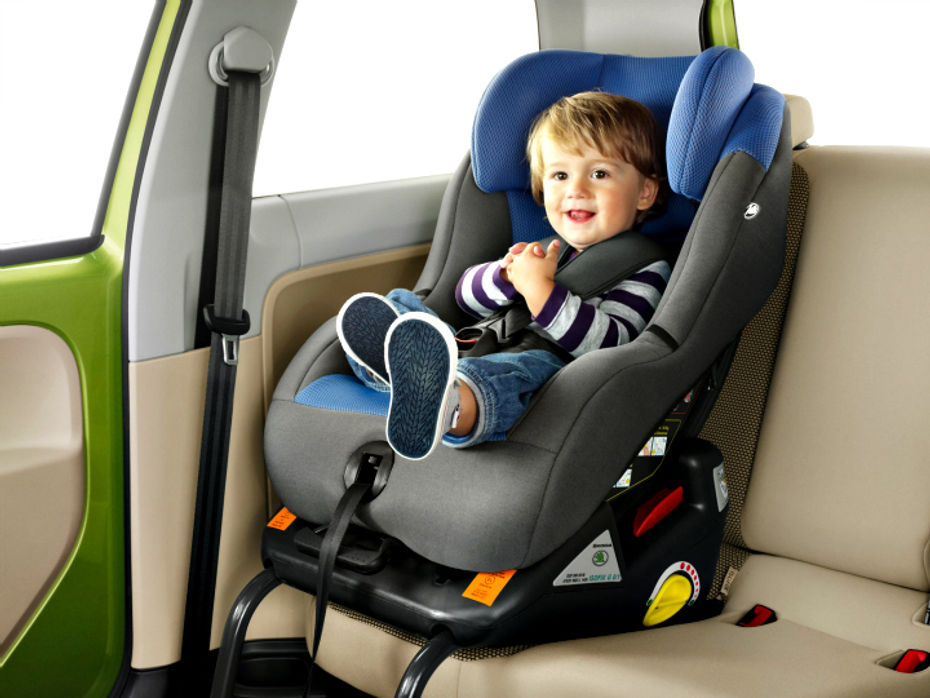
Maruti Suzuki Announces Price Hike Across Lineup
- Jan 10, 2018
- Views : 2642


With the number of vehicles plying on Indian roads growing everyday, road safety has become a major concern now more than ever. Every year, thousands of lives are lost or harmed in road mishaps and a lot of these are just because they were not wearing a seatbelt at the time of the accident. A report by the World Health Organization (WHO) estimates that wearing a seatbelt could have saved 45-50 per cent of the front seat occupants across the globe involved in such accidents.
To educate the masses about the benefits of wearing a seatbelt, Maruti Suzuki launched the #PehniKya campaign last year. The idea, as the name suggests, was very simple: before setting off on your journey, just ask everyone in your car “seat belt pehni kya?” Maruti Suzuki also released a TV commercial promoting the #PehniKya campaign. The carmaker in collaboration with Kantar also did a survey in 17 cities across India to find out what stopped people from fastening their seatbelts while commuting in a car.
The results of that survey were shocking, revealing that only 25 per cent of car occupants wore seatbelts. Maruti Suzuki then did another survey regarding rear seat belt usage in the country. The result was even more shocking, showing that only 4 per cent of car users in India use rear seatbelts. Results like these make it very clear why India ranks so low on the WHO’s global road safety rankings. In 2015 alone, 2,07,551 Indians lost their lives in road accidents.
The results of the survey also revealed the reasons behind people not wearing seatbelts. 45 per cent of people blamed poor law enforcement for not using rear seatbelts while 40 per cent thought that wearing a seatbelt would adversely affect their image among their peers.
Related: Five car safety features that can save your life

Another 35 per cent of people did not wear rear seatbelts as they were living under the myth that rear seatbelts have very little utility and can’t save lives in the event of an accident. According to the Insurance Institute for Highway Safety in the US, an unbuckled rear passenger can push the driver into the airbag and steering wheel with a 56kmph impact in a crash.
The last reason was the most shocking one as 32 per cent of the people interviewed said they don’t wear seatbelts just because they feel it ruins their clothes. As per the result, a subject as trivial as lifestyle contributed to 96 per cent people not using rear seatbelts as 80 per cent of single people, 66 per cent of married individuals (without kids) and 55 per cent of married people (with kids) restrained from using rear seatbelts.

Now, after seeing the reasons behind people not wearing seatbelts, let’s have a look at what can be done to ensure better seatbelt usage in India.
1.Follow correct protocol: A seatbelt is only helpful when it is worn properly. The right way to wear a belt is so that the lap part of the belt passes over the hip bone, and not directly over the soft abdomen area. The shoulder part of the belt must go around the centre of the shoulder, away from the neck, and the anchor should be securely locked.
2.Discard Faulty Seatbelts: Faulty seatbelts can adversely affect your safety rather than ensuring it. So we must do a periodic inspection to make sure that they are not damaged. Grime gets accumulated in the belt guides so it’s necessary to clean them, enabling smooth and effortless retraction of the belt. Buckles, anchorages and retractors must be regularly checked as well.

3.Check Seatbelt Extenders: Inappropriate length of seat belt extenders can also adversely affect your safety. If the length is not right the belt will either be too loose or too tight. As a thumb rule, one should go for the shortest possible extender because when an extension is buckled in, the seat belt retracts using the full length of the extender.

4.Child Restraint System: A child restraint system (CRS), as the name suggests, has been specially designed to keep children safe. In the event of an accident, these provide protection to children too, which is noteworthy as the majority of safety systems in a car are designed with adults in mind. However, there is one factor that has to be taken care of while using CRS. The child seat must not be placed in the deployment path of an airbag as a deploying airbag can seriously injure the kid using the child seat. For example, a rear-facing CRS should never be used on a seat that has a frontal airbag near it.
How to know if you need CRS?
If the shoulder portion of the belt passes near the neck/face rather than over the centre of the shoulder, it is recommended that you use CRS.
We think that initiatives like these are the right step forward towards making our roads safer. More of such initiatives should be taken up by us, the government and other car manufacturers to make Indian roads safer.
Recommended Read:
Government To Make Advanced Safety Features Mandatory From 2019

Maruti Suzuki Announces Price Hike Across Lineup

Maruti Suzuki Teases Concept Future S

Twelve Automated Driving Test Tracks Coming Up In Delhi

The New Maruti Dzire 2024 Has Been Launched In All Its Glory! Priced...

New Maruti Dzire Gets CNG From Day One, Here Are All Its Details...

Upcoming Maruti Suzuki Cars Expected In 2025: e Vitara, Baleno...

Brand New Maruti Dzire Revealed Ahead Of Launch, Top 5 Things To Know

New Maruti Suzuki Dzire: Here’s What Each Of Its Four Variants...

5 Things You Need To Know About The 2024 Maruti Dzire Ahead Of Its...

2024 Maruti Dzire: How Quick Does It Go From Naught To 100 Kmph?
India's largest automotive community
 Volkswagen Golf GTI Set For India Launch In Mid 2025, Top 5 Things You Need To Know
Volkswagen Golf GTI Set For India Launch In Mid 2025, Top 5 Things You Need To Know
 Opinion: Volvo XC90 Accident: Why Safe Cars Do Not Equal Safe Roads
Opinion: Volvo XC90 Accident: Why Safe Cars Do Not Equal Safe Roads
 Auto Expo 2025 - All You Want To Know About The Hottest Auto Show!
Auto Expo 2025 - All You Want To Know About The Hottest Auto Show!
 Hyundai Creta Electric Vs Maruti e Vitara: Exterior Design And Features Compared
Hyundai Creta Electric Vs Maruti e Vitara: Exterior Design And Features Compared
 Toyota Camry
Rs. 48.00 Lakh
Toyota Camry
Rs. 48.00 Lakh
 Honda Amaze
Rs. 7.99 Lakh
Honda Amaze
Rs. 7.99 Lakh
 Audi Q7
Rs. 88.66 Lakh
Audi Q7
Rs. 88.66 Lakh
 Mahindra XEV 9e
Rs. 21.90 Lakh
Mahindra XEV 9e
Rs. 21.90 Lakh
 Mahindra BE 6
Rs. 18.90 Lakh
Mahindra BE 6
Rs. 18.90 Lakh